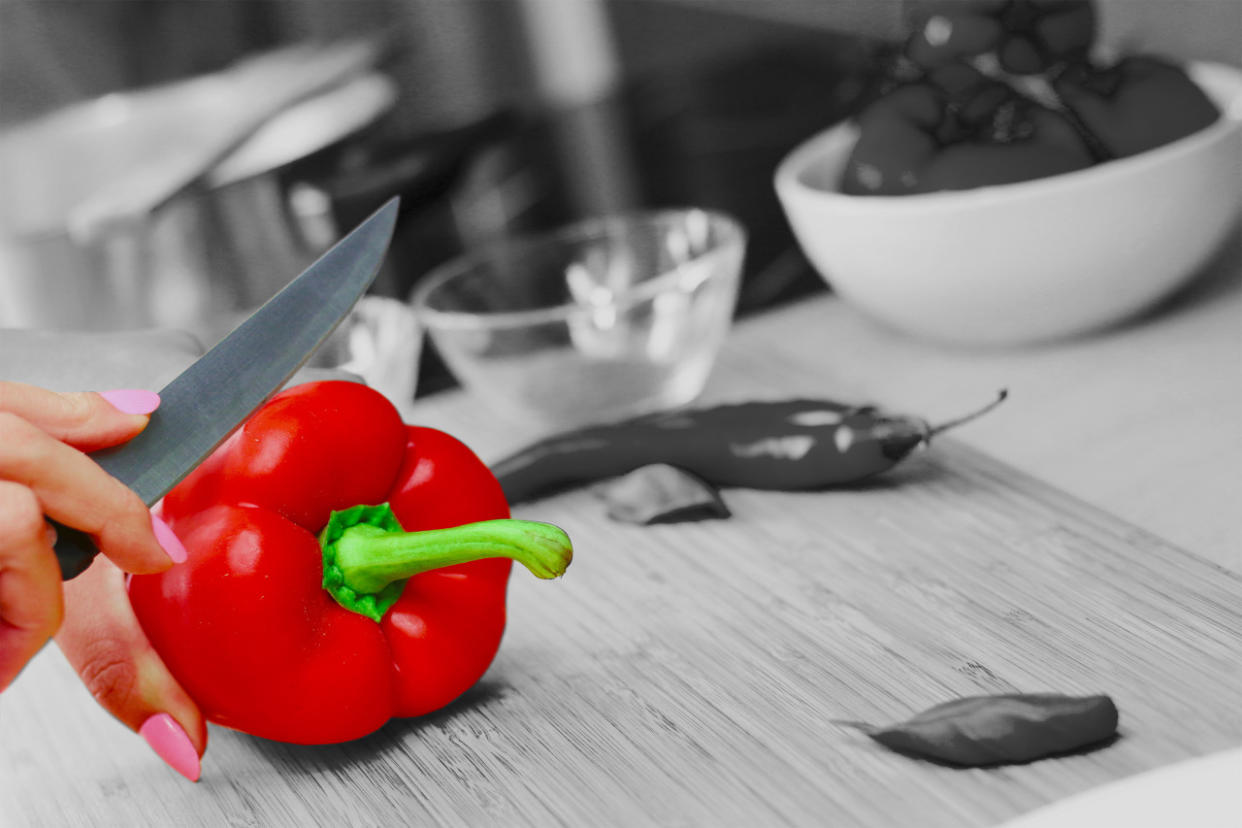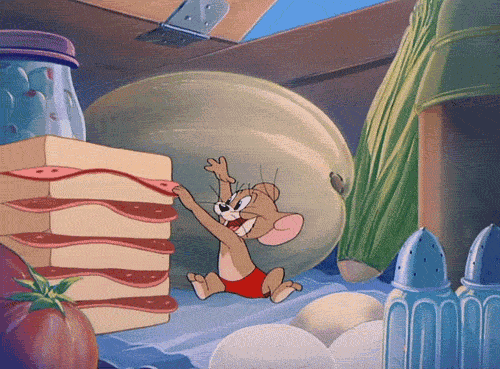Mouldy Food: Is It Ever OK To Eat?

If it hasn’t got mould on it, can I still eat it? [Photo: Pexels]
Deciding when food is old enough to chuck out can be a bit of a balancing act. On the one hand, we want to cut food waste, save money and help the environment. But on the other, we don’t want to end up stuck on the toilet for the next 48 hours.
At least there’s a pretty clear indicator of when something’s gone off – and that’s mould, right? The green, furry stuff that makes our skin crawl when we find it on our Tesco tiger loaf?

[Photo: Giphy]
Unfortunately, while we can all agree that mould is gross, nope; mould-free food can be far worse for us than the greenest, hairiest remains we find at the back of our cupboards.
Instead, it’s better to keep a few basic rules in mind.
Use by dates
Ok, ok, so you’ve probably already got this one sussed out – but fact is that if you eat something that’s passed its use by date, there’s no guaranteeing it’s safe, even if it smells and looks fine.
Best before dates, on the other hand, offer a little more leeway – they let us know when a food will start to go a bit grim, but is probably still okay to eat. The only exception to this is eggs but, according to the Food Standards Agency, even these can be fine for a couple of days afterwards provided they’re cooked thoroughly.
Once it’s opened

[Photo: Giphy]
This is something that people do get wrong. While use by dates stand out in a nice bold font on the front of every packet, how long food will last after it’s been opened is only shown in a teeny tiny font on the back.
So if some raw chicken hasn’t gone past its use by date yet, says ‘once opened eat within 24 hours’ on the back, but has been open for a week, don’t eat it. Trust us on this one.
Keep an eye on your fridge

[Photo: Giphy]
One way to trick yourself into eating bad food is having a fridge that’s kept a little too toasty. According to research by WRAP UK, 70% of UK fridges are too warm, meaning that food goes off way quicker than it should – so make sure you keep yours at 5˚C.
Leftovers
It’s all well and good when food packaging spells it out for you, but what about leftovers you’ve already cooked?
‘Whether it’s safe to reheat cooked food depends on how it’s stored, handled and cooked in the first place,’ a spokesperson for the Food Standards Agency explains. ‘If you choose to keep food served hot, as leftovers, you should make sure it’s cooled down at room temperature within two hours.’

[Photo: Giphy]
And when it comes to how long it’ll keep: ‘Most leftovers should be stored and covered in a fridge for up to two days. Also before eating, make sure the leftover food is reheated thoroughly by reaching a core temperature of 70˚C for two minutes or equivalent.’
So no half-hearted 30-second zaps in the microwave – that stuff has to be piping, right through to the middle.
For more information on food safety and storage, check out the Food Standards Agency’s website.
Do you have any tricks that help you avoid wasting food? Tweet us at @YahooStyleUK.
End your ban on carbs with these 5 delicious international noodle recipes
These Are The 50 Best Restaurants In The World (And They’re Predictably Swanky)


